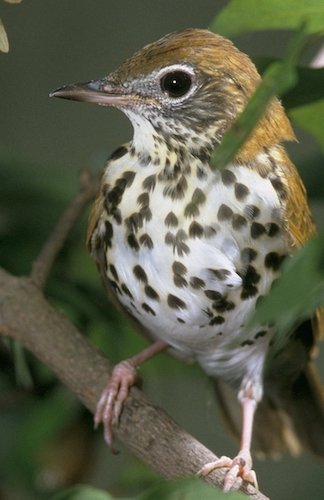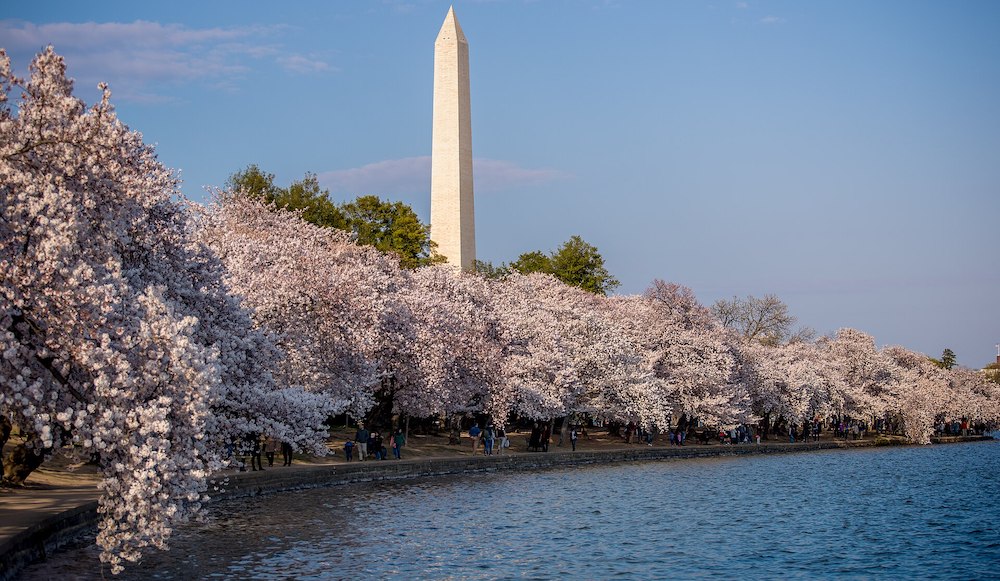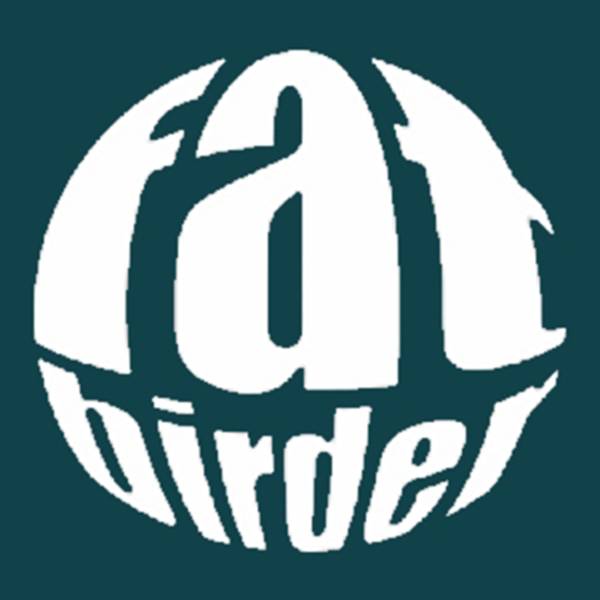Washington D.C.

Washington D.C. (District of Columbia) is the capital of the United States, founded on July 16, 1790. The City of Washington used to be a separate municipality within the District of Columbia until an Act of Congress in 1871 effectively merged the City and the District into a single entity. It is for this reason that the city, while legally named the District of Columbia, is known as Washington, D.C. The city is located on the north bank of the Potomac River and is bordered by the states of Virginia to the southwest and Maryland on all the other sides. The District has a resident population of approaching 700,000 people; however, due to commuters from the surrounding suburbs, its population rises to well over a million during the workweek. The Washington Metropolitan Area, of which the District is a part, has a population of 5.5 million, the eighth-largest metropolitan area in the country.
Article One of the United States Constitution provides for a federal district, distinct from the states, to serve as the permanent national capital. The centres of all three branches of the federal government of the United States are located in the District, as are many of the nation’s monuments and museums.
Washington, D.C. has a total area of less than 200 km² (70 square miles). The District has three major natural flowing streams: the Potomac River and its tributaries, the Anacostia Rive rand Rock Creek. The US National Park Service manages most of the natural habitat in the District., including Rock Creek Park, the Chesapeake and Ohio Canal National Historical Park, the National Mall, Theodore Roosevelt Island, and Anacostia Park. The only significant area of natural habitat not managed by the National Park Service is the US National Arboretum, which is operated by the Department of Agriculture.
D.C. has a humid subtropical climate, typical of Mid-Atlantic US areas removed from bodies of water, with four distinct seasons. Spring and fall are mild, with low humidity, while winter brings sustained cool temperatures and annual snowfall averaging c. 17 inches. Average winter lows tend to be around -1 °C from mid-December to mid-February. Blizzards affect Washington on average once every four to six years. The most violent storms are called “nor’easters”, which typically feature high winds, heavy rains, and occasional snow. These storms often affect large sections of the East Coast. Summers tend to be hot and humid, with daily high temperatures in July and August averaging 30 °C. The combination of heat and humidity in the summer brings very frequent thunderstorms, some of which occasionally produce tornadoes in the area.

©Meihe Chen, CC BY-SA 4.0 via Wikimedia Commons
Birding Washington, D.C.
Over 340 species have been recorded in D.C. A surprisingly high total in a relatively small area, but one with a variety of habitats in gardens, parks, forests and rivers, with resident species grown by migrants seasonally. It is also a relatively easy place to bird given that all the best birding locations are within walking distance of bus routes or Metro stops. So the District is great for low impact birding.
See the websites below for more about birding the area. Some of the top locations include Anacostia Park, 1200 acres of habitat where the Anacostia meets the Potomac River. Playing fields and mudflats attract waders, and wooded areas hold a variety of passerines. The National Arboretum is well-known as a migrant trap as is Dumbarton Oaks park with 28 species of warbler reported over the years.
Find full information on these and other hotspots on the Maryland Ornithological Society’s website where there is a ‘Birder’s Guide to Maryland & DC’ setting out when and where to see birds.
-
Wikipedia
GNU Free Documentation License
https://en.wikipedia.org/wiki/Washington,_D.C.
-
Number of bird species: 346
(As at June 2024)Official Bird - Wood Thrush - Hylocichla mustelina
-
Avibase
PDF ChecklistThis checklist includes all bird species found in District of Columbia , based on the best information available at this time. It is based on a wide variety of sources that I collated over many years. I am pleased to offer these checklists as a service to birdwatchers. If you find any error, please do not hesitate to report them. -
MOS
ListBirds of District of Columbia Official List from 1842 as of 9 October 2019 Maryland / District of Columbia Records Committee of the Maryland Ornithological Society -
Wikipedia
Annotated ListAccording to Bird Checklists of the World (Avibase), the capital city of the United States, Washington, D.C., has 346 species of birds as of June 2021.
-
Birds of Greater Washington, D.C.
| By Marc Parnell | Naturalist & Traveler Press | 2021 | Paperback | 296 pages, colour photos | ISBN: 9781954228221 Buy this book from NHBS.com -
Birds of Maryland & Delaware Field Guide Includes Washington, D.C., & the Chesapeake Bay
| By Stan Tekiela | Adventure Publications | 2023 | Edition 2 | Paperback | 392 pages, colour photos, colour distribution maps | ISBN: 9781647553708 Buy this book from NHBS.com -
Birds of Maryland, Delaware, and the District of Columbia
| By Bruce M Beehler | Johns Hopkins University Press | 2019 | Hardback | 504 pages, 684 colour photos, 2 maps | ISBN: 9781421427331 Buy this book from NHBS.com -
Maryland & DC Birds: A Folding Pocket Guide to Familiar Species
| By James R Kavanagh & Raymond Leung | Waterford Press | 2000 | Unbound | 12 pages, colour illustrations | ISBN: 9781583551516 Buy this book from NHBS.com -
Second Atlas of the Breeding Birds of Maryland and the District of Columbia
| Edited by Walter G Ellison | Johns Hopkins University Press | 2011 | Hardback | 494 pages, colour photos, b/w illustrations, colour distribution maps, tables | ISBN: 9780801895760 Buy this book from NHBS.com
-
Black Birders Week 2024 at the Smithsonian
WebpageThis spring, the Black AF In STEM Collective will present the fifth annual Black Birders Week, a series of events nationwide from May 26 to June 1, 2024, aimed at highlighting Black nature enthusiasts and increasing the visibility of Black birders, who face unique challenges and risks when engaging in outdoor activities.
-
Introduction to Birdwatching
WebpageIntroduction to Birdwatching is a course designed to introduce you to the joys of birdwatching in the nation’s capital. -
Smithsonian Migratory Bird Centre
WebpageThe Smithsonian Migratory Bird Center is dedicated to fostering greater understanding, appreciation, and protection of bird migration. This Smithsonian Institution research program was founded with Congressional support in 1991, and was incorporated in 1997 as part of the National Zoological Park, located in Washington, D.C.; it came under the Smithsonian Conservation Biology Institute, established in 2010. -
Smithsonian National Museum of Natural History - National Bird Collection
WebpageThe Division of Birds, National Museum of Natural History, Smithsonian Institution, houses and maintains the third largest bird collection in the world with over 640,000 specimens. Our National Collection, known in the ornithological literature by the acronym USNM (referring to our old name of United States National Museum), has representatives of about 80% of the approximately 9,600 known species in the world's avifauna.
-
Audubon Naturalist Society
WebsiteWelcome to the Audubon Naturalist Society, the oldest independent environmental organization in the Washington, DC region. A pioneer in linking conservation activities with environmental education. -
DC Bird Alliance
WebsiteJoin us to discover and celebrate birds in D.C. -
District of Columbia Records Committee
WebsiteThe MOS Records Committee MD/DCRC evaluates reports of sightings of new or very rare birds species in Maryland or DC to convert them into documented records that can be used reliably for scientific studies of bird distribution and patterns of avian vagrancy. The Committee has written goals, criteria for acceptance, and other policies and procedures which govern the operations of the Committee. If you’ve seen a rare bird in Maryland or DC please report it. -
Feminist Bird Club DMV Chapter
Instagram PageInclusive birding club for women, LGBTQIA+ folks, BIPOC, and allies in DC, MD, and Northern VA -
Montgomery Bird Club MOS Chapter
WebsiteDo you enjoy birds and are interested in their conservation? Do you live in Montgomery County, neighboring counties or D.C.? -
Nature Conservancy Maryland/DC
WebsiteMake a Difference in Maryland and DC - Our work is focused on two areas where our outcomes can have the greatest impact: protecting clean water and tackling climate change. Our efforts span the region, from western Maryland's Central Appalachian forests to our nation's capital and beyond to the Chesapeake Bay. -
Sierra Club Washington DC Chapter
WebsiteFor over 40 years, the D.C. Chapter of the Sierra Club has worked successfully to protect and improve the environment in the Nation's capital. We are a volunteer-driven Chapter and depend on the help of local Sierra Club members and activists to make an impact. To find out more about getting involved with the D.C. Chapter, please email Rebekah, our Chapter Organizer, or call 202-675-2391.
-
Anacostia Park
InformationSatellite View -
National Arboretum
InformationSatellite View -
Protected areas of Washington, D.C.
InformationSatellite View
-
ABA
Sightings -
Birding in DC Metropolitan Area
Facebook PageSpace for bird watchers to share pictures and promote outdoor activities and photography -
eBird
SightingsDistrict of Columbia
-
Morrison-Clark Inn
AccommodationThe perfect urban oasis for visitors to downtown Washington. Victorian decor is alive in DCs finest historic inn
-
A Beginner’s Guide To Bird-Watching Around D.C. - Dayana Mustak
ArticleEvery year, as the temperatures start to climb in the spring, our region plays host to over 200 species of birds that are moving north after spending winter in South America. While some species are only passing through on their way further north to Canada or even the Arctic, others will be building nests right here in the Washington region as they breed throughout the summer. -
Birding DC
WebsiteIf you are planning to visit Washington, for business or pleasure, and would like an escorted trip to top birding sites around the city and surrounding area, then please browse through our website to see what we can offer. -
Birding in DC
WebpageMany Washington residents, including some birders, limit their driving by necessity or by choice. Can birding still be viable without driving? Yes, if you use public transportation! The best birding sites in the District are close to Metro stations or bus routes. Birding by Metro offers great opportunities for finding birds. In the process, you can get more exercise, see more of the District, and reduce your impact on the environment. -
Maryland & Washington DC - Birding Guide
WebpageSince mid-March of 2020, parks and preserves of all kinds, from national parks to local parks, have closed their grounds because of the Coronavirus pandemic. Maryland and DC are now in the process of re-opening but the level of re-opening varies from county to county and city to city. There are also differences among local parks, state parks, national parks, and private facilities. Cancellations are still in effect at almost all facilities in terms of group activities such as bird walks, programs, events, and festivals. Before you visit, call or check the website for any place you plan to go to find out the status and any restrictions and/or guidelines. Be safe and good birding!

